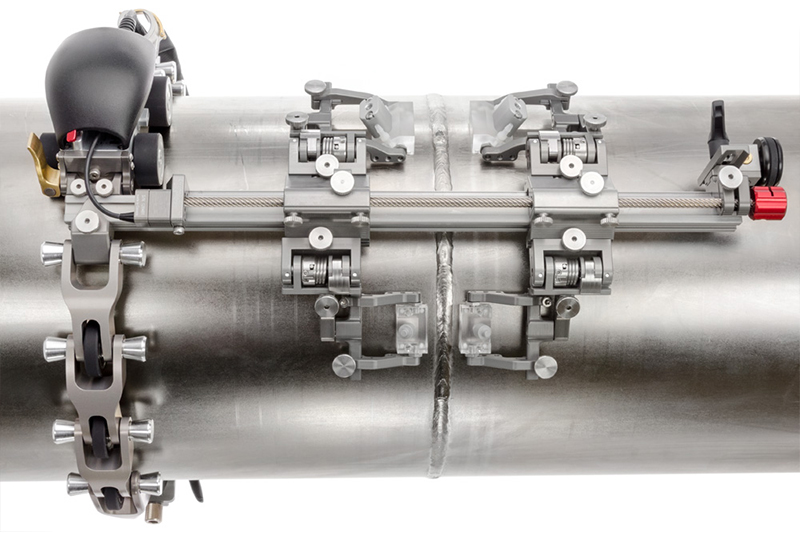From Design to Service & Maintenance: Steps to Preventing Pipeline & Pressure Vessel Failure

The failure of pressure vessels and pipelines goes way beyond that of financial. Unexpected (and often catastrophic) failure can mean assets spend weeks and months offline, cost upwards of hundreds of thousands to repair, represent millions in lost revenue and – most importantly – have potentially irreversible effects, such as injury and death to humans, wildlife and the planet.
But how can such failures be prevented? The answer certainly isn’t a simple one, but we can begin addressing it by dividing the challenge into three separate categories:
- Preventing failure through design and construction
- Preventing failure through engineering critical assessment and proactive NDT
- Preventing failure through fatigue improvement techniques
Preventing Failure Through Design and Construction
The greatest challenge surrounding design flaws is that, once an asset is in place, it remains so for many years. While all pipelines and vessels are produced within recognised codes or standards, many faults only come to light after months or years of use. Therefore, addressing them is always a case of catch-up, rather than being proactive.
The traditional proof testing used during the design and construction pressurises vessels and pipelines with water above that of maximum service use. However, this doesn’t account for any existing cracks that will increase in size over time – it only determines the current status.
Other ways that design and construction are improved are though:
- Post-weld heat treatment
- Adequate material toughness
- High-stress design patterns
- Stress-relieve thick sections
Preventing Failure Through Engineering Critical Assessment and Proactive NDT
This is absolutely the way forward, both for assets in use today and those that are being built for tomorrow. Failures during service are almost always caused by unforeseen cyclic stresses or environmental conditions that cause corrosion and fatigue.
When this occurs unnoticed, the result can be unexpected failure and all the unwanted consequences.
If NDT is only carried out sporadically, then the chances of cracks and flaws increasing to the point of failure are high. The answer is to test more regularly – something that’s becoming increasingly possible with advanced NDT methods that don’t require all the challenges of human entry to enclosed spaces, the erection of scaffolding, extended asset shutdown and all the associated costs.
If ECA (engineering critical assessment) is used to define the location of flaws – either during the design or lifespan of a pipeline or plant, then this data can be carried out during the design, structure or testing phases. The former can be used to define structural welds and then, during the construction process, to check that the necessary robustness has been met. If used for testing an existing asset, it can help to assess the level of flaws found and whether they need further assessment.
Preventing Failure Through Fatigue Improvement Techniques
Fatigue improvement techniques have dramatically improved over the past decade. The advancement of robots and semi-autonomous equipment that can carry out NDT in a fraction of the time and cost of traditional methods, not only returns more accurate data but means that testing schedules can be dramatically increased.
This plays a huge role in preventing the failure of assets. Flaws are found earlier and can be easily monitored for growth. Maintenance and repair can be scheduled more accurately as a single shutdown can be timed to address multiple issues.
This knowledge only becomes more valuable over time. Historical data provides a dynamic understanding of the health of an asset, allowing more accurate predictions as to when and where flaws might occur during the construction’s lifespan.
Partner With Nexxis for the Ultimate in NDT Equipment
The role of proactive maintenance is a vital element in reducing asset failure. At Nexxis, our unique model allows us to help maintenance managers address even the most complex of maintenance tasks. This flexibility includes working with our customers to determine how cutting-edge technology can provide the necessary, highly accurate, data and do so in the shortest amount of time possible.
We regularly achieve dramatic reductions in both the quality and timing of essential NDT tasks. Examples include reducing weeks to mere hours and upscaling the level of imaging and testing way above that of traditional methods.
Contact us to find out more about our range of robots or any of our other inspection products, or request a quote online.
Read more about non-destructive testing here: The 5 Financial Benefits of Purchasing NDT Equipment
